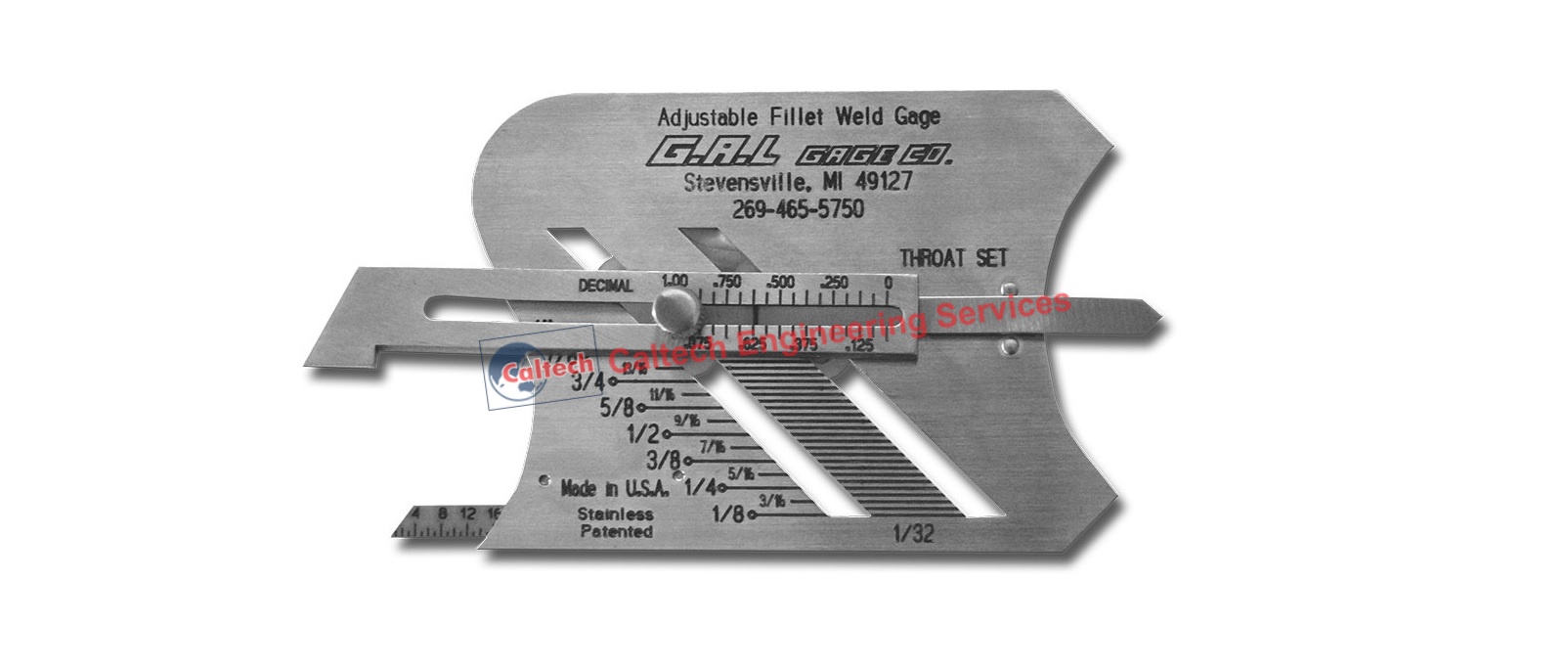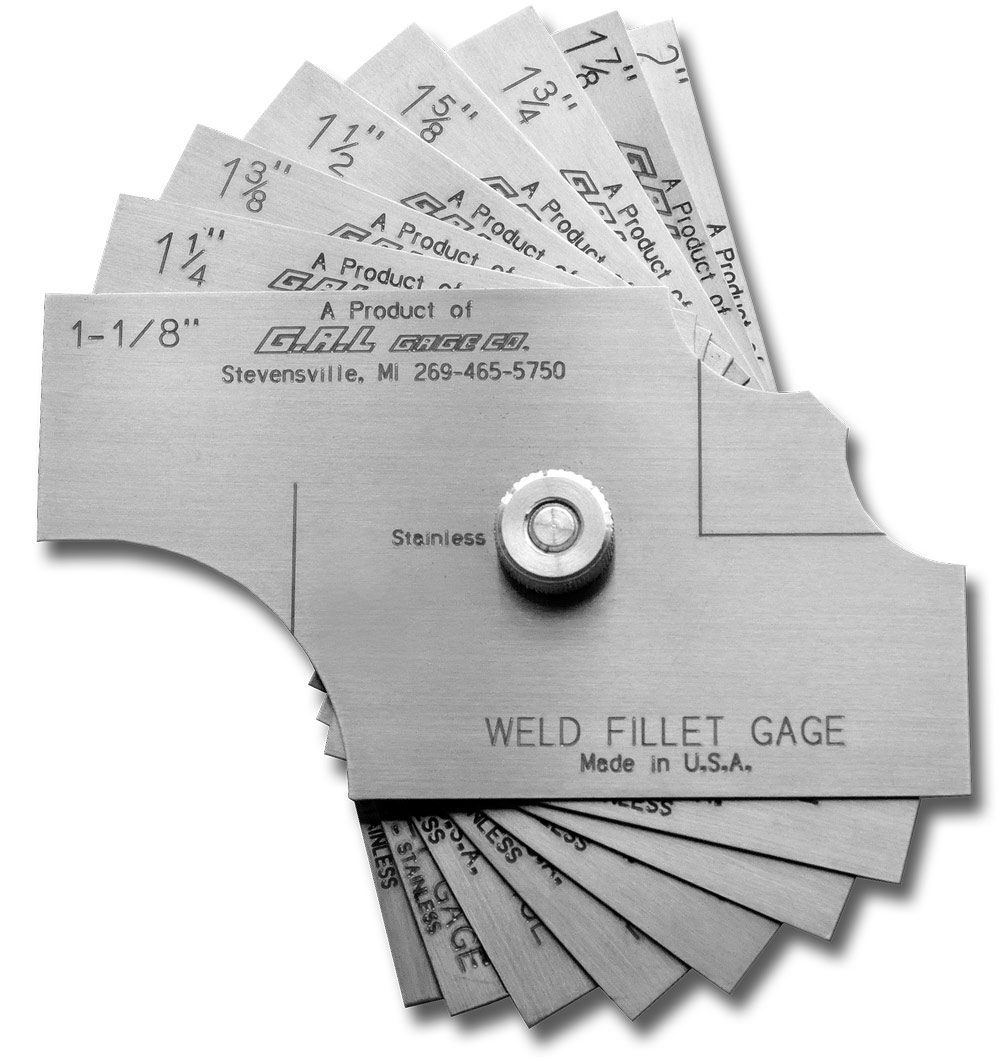The Function of Gauge Fillet Weld in Structural Integrity: What You Required to Know
Fillet Weld Layout Techniques: Maximizing Joint Efficiency and Aesthetics for Structural Integrity
In the world of architectural engineering and fabrication, the importance of fillet weld style strategies can not be overstated. These approaches play an essential function in not just making certain the efficiency and structural integrity of joints yet likewise in improving the general appearances of the ended up product. By carefully taking into consideration variables such as weld profile optimization, material selection, joint prep work techniques, welding process efficiency, and visual improvement makers, engineers and approaches can attain a harmonious balance in between performance and look in their bonded structures. The combination of these components not just results in durable joints but also boosts the visual appeal of the final product.
Weld Account Optimization


Accomplishing an optimal weld profile entails a careful factor to consider of factors such as material density, joint configuration, welding position, and preferred welding speed. Furthermore, the choice of appropriate welding specifications, such as voltage, present, and travel rate, is basic in managing the shape and measurements of the fillet weld. Making use of sophisticated welding methods, such as pulse welding or robotic welding, can additionally refine the weld profile to fulfill specific design demands and top quality requirements.
Essentially, weld profile optimization is an essential facet of fillet weld layout that directly affects the overall efficiency and integrity of welded joints in architectural applications.
Product Selection Factors To Consider
When considering material selection for fillet weld design, the compatibility of the base steels is a critical variable influencing the structural stability of the joint. It is crucial to choose products that not only bonded together properly but likewise possess comparable mechanical residential properties to make sure the tons is uniformly dispersed in between the weld and the base steels. Welding products with greatly different buildings can result in concerns such as anxiety focus, premature joint failure, or breaking.
Additionally, the atmosphere in which the bonded structure will operate must be thought about when selecting materials. Elements like rust resistance, temperature variations, and exposure to chemicals can all affect the durability and performance of the weld joint. By picking materials that are ideal for the desired application and environment, the total sturdiness and reliability of the welded joint can be dramatically boosted.
As a result, extensive factor to consider of material compatibility and environmental factors is paramount in ensuring the weld joint's stamina, durability, and total architectural stability.

Joint Prep Work Strategies
Thinking about the essential role material selection plays in making sure the architectural stability of fillet weld joints, it is important to apply precise joint preparation methods that enhance the link between the base steels. Joint prep work is a vital step that straight influences the high quality and strength of the weld. One basic strategy is the cleansing of base metals to eliminate any kind of pollutants like corrosion, oil, or paint that could jeopardize the weld's stability. This can be attained through methods such as grinding, cable brushing, or chemical cleaning.
In addition, tack welding the parts in area before the last weld helps preserve alignment and reduces distortion during the welding procedure. By carefully adhering to these joint prep work methods, welders can enhance the total performance and looks of fillet weld joints while guaranteeing structural strength.
Welding Process Performance
Effective welding procedures are necessary for attaining optimum efficiency and top quality in fillet weld fabrication. Procedures like gas steel arc welding (GMAW) and flux-cored arc welding (FCAW) are commonly used for fillet welds due to their flexibility and speed.
Regular calibration of welding equipments, assessment of consumables, and upkeep of welding torches can protect against downtime and revamp, eventually saving time and sources. Well-trained welders are more adept at changing specifications, troubleshooting read issues, and preserving regular weld high quality.
Visual Enhancement Techniques
To optimize the top quality of fillet weld manufacture, executing aesthetic enhancement methods can play an important function in guaranteeing precision and precision during the welding procedure. Visual aids such as weld size assesses and multiplying lenses can help in examining weld accounts and dimensions precisely. By incorporating these visual enhancement techniques into the welding procedure, welders can attain not just structurally sound fillet welds yet additionally aesthetically enticing outcomes that meet industry criteria.

Final Thought
To conclude, optimizing fillet weld design includes cautious factor to consider of weld account, product option, joint preparation, welding process effectiveness, and aesthetic improvement techniques. By applying see post these strategies, architectural stability can be boosted while also accomplishing visual allure. It is necessary to prioritize both performance and click over here now appearances in fillet weld design to make certain the overall quality and toughness of the joint.
By diligently considering aspects such as weld profile optimization, product selection, joint prep work methods, welding process effectiveness, and visual enhancement methods, producers and engineers can achieve a harmonious balance in between performance and look in their bonded frameworks.In the world of fillet weld style, optimizing the weld profile plays an essential function in guaranteeing structural stability and efficiency. The weld profile, which includes the dimension and shape of the weld cross-section, directly affects the circulation of tension and load-bearing capacity within the joint. It is necessary to select products that not only bonded together efficiently however likewise have similar mechanical properties to ensure the load is uniformly distributed in between the weld and the base metals - Gauge Fillet Weld.In verdict, enhancing fillet weld style involves careful consideration of weld account, material selection, joint prep work, welding process effectiveness, and aesthetic improvement methods